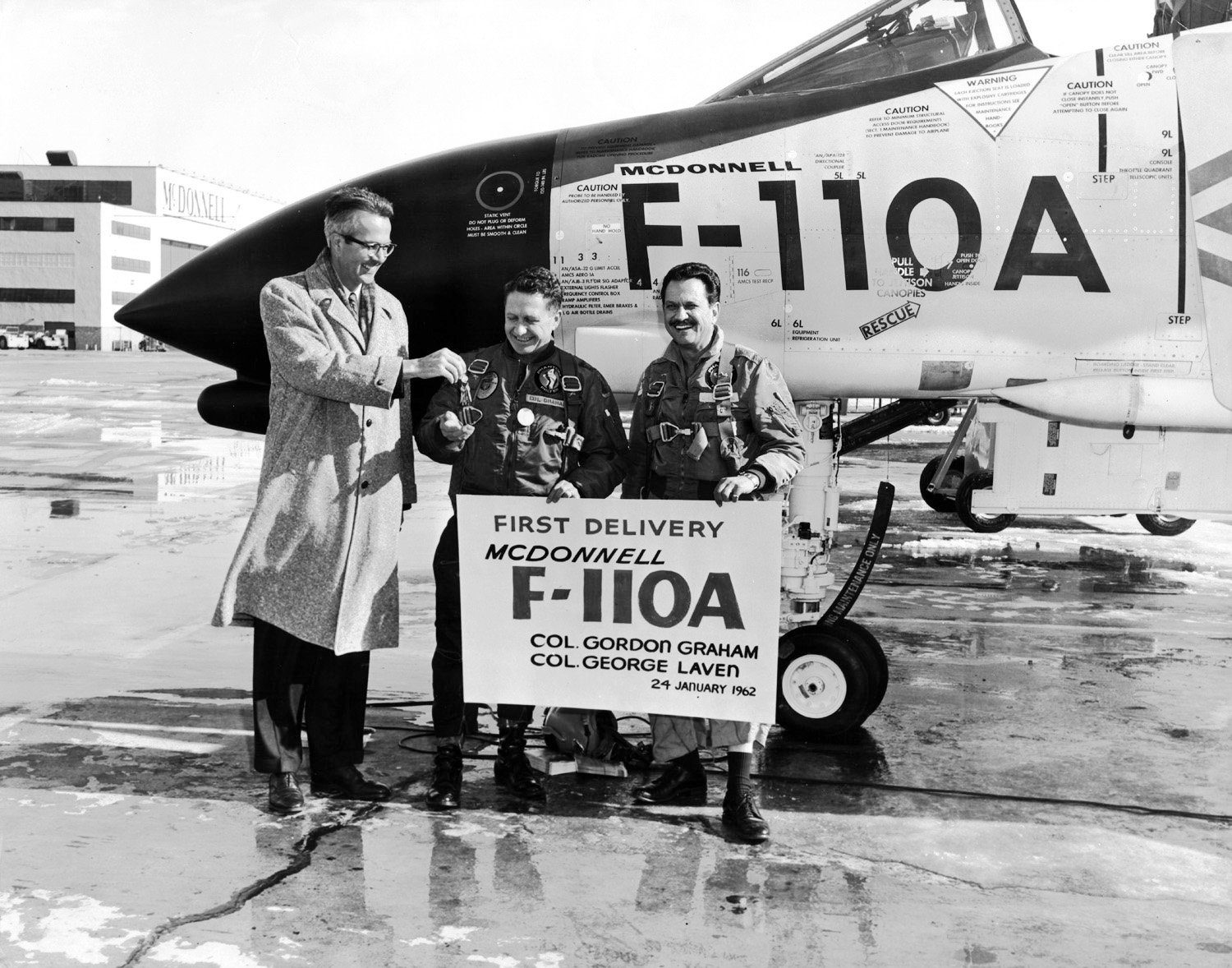
![]() 24 January 1962: The McDonnell Aircraft Corporation delivered the first F-110A Spectre to Colonel Gordon Graham and Colonel George Laven, United States Air Force, at the McDonnell plant at St. Louis, Missouri. The F-110A was soon redesignated as the F-4C Phantom II.
24 January 1962: The McDonnell Aircraft Corporation delivered the first F-110A Spectre to Colonel Gordon Graham and Colonel George Laven, United States Air Force, at the McDonnell plant at St. Louis, Missouri. The F-110A was soon redesignated as the F-4C Phantom II.
Two Phantoms were delivered to the Air Force for evaluation at Langley Field, Virginia. They were U.S. Navy F4H-1 Phantom IIs, Bureau of Aeronautics serial numbers 149405 and 149406. Initially the aircraft retained the Navy serial numbers but eventually were assigned Air Force numbers 62-12168 and 62-12169. The Air Force bailed them back to McDonnell to develop the YF-4C prototypes.
62-12169 (ex-Bu. No. 149406) was converted to a JF-4B (a special test aircraft). Operated by the McDonnell-Douglas Aircraft Center at Holloman Air Force Base, New Mexico, it suffered an engine explosion, 8 March 1967. McDonnell test pilot Charles (“Pete”) Garrison successfully ejected. The airplane crashed and was destroyed.
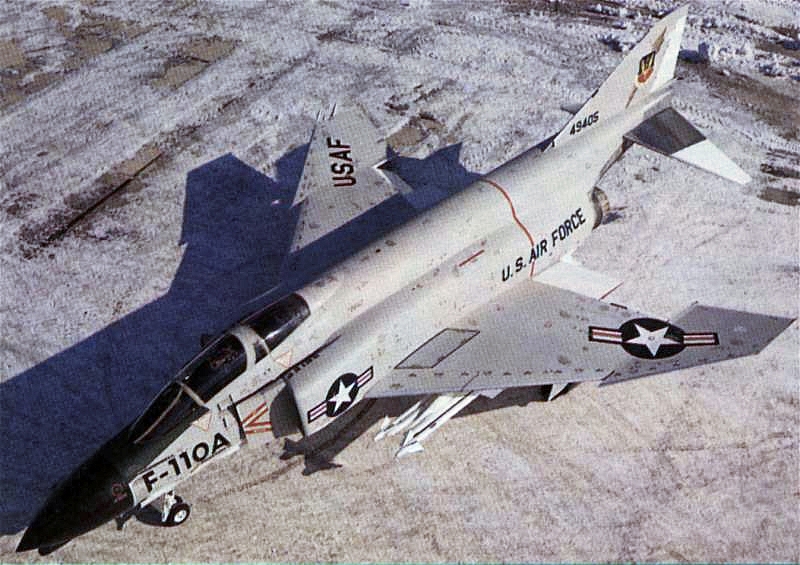
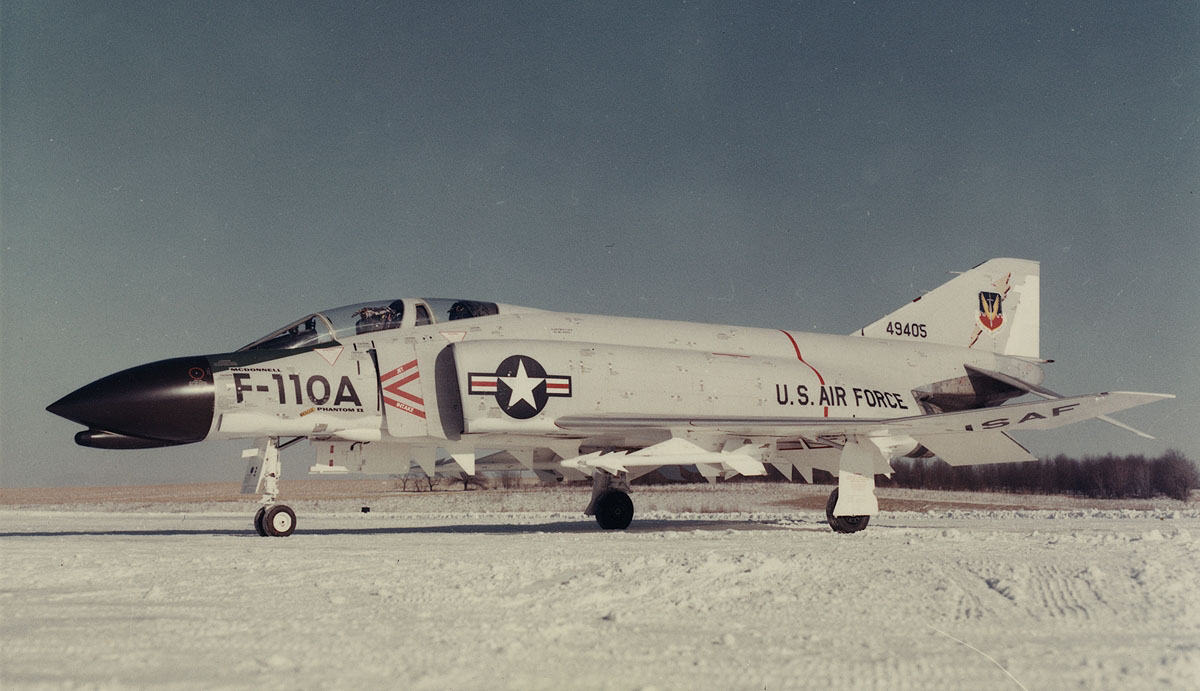
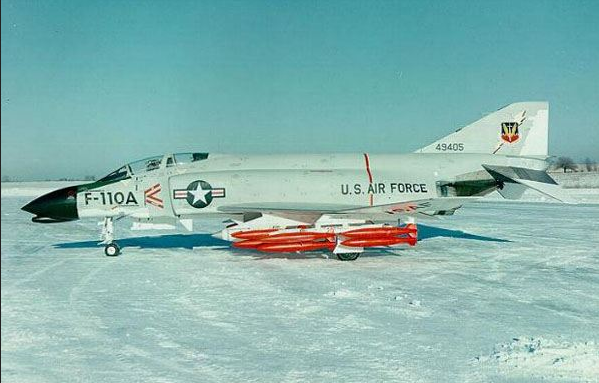
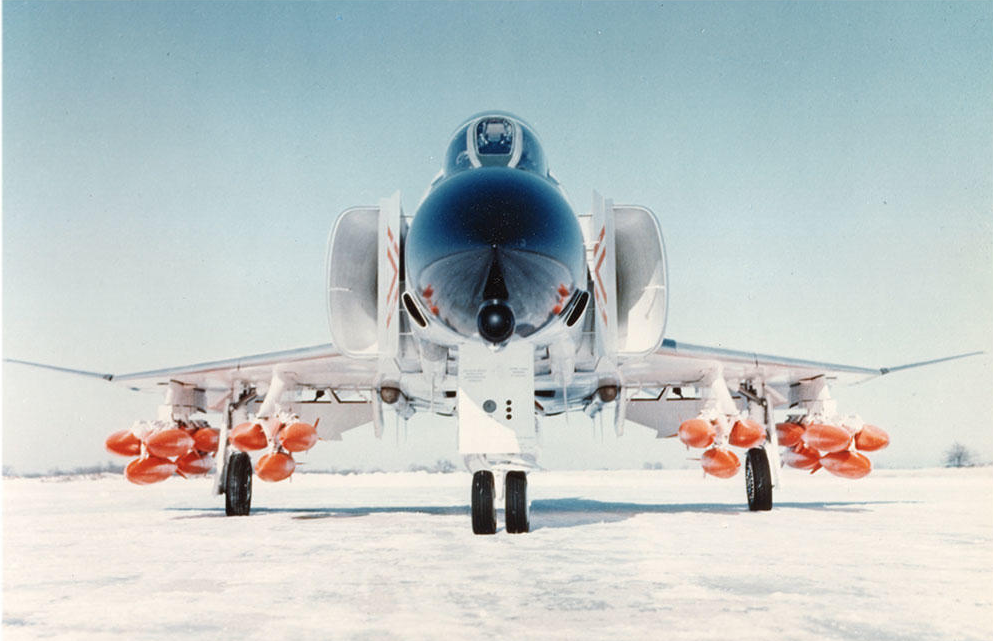
McDonnell built 5,057 Phantom IIs. They served with the United States Navy and Marine Corps, the U.S. Air Force, and many allied nations. The last Phantom II, an F-4E, was completed 25 October 1979. The U.S. Air Force retired its last operational Phantoms from service 20 December 2004, 42 years, 10 months, 27 days after receiving the first F-110A.
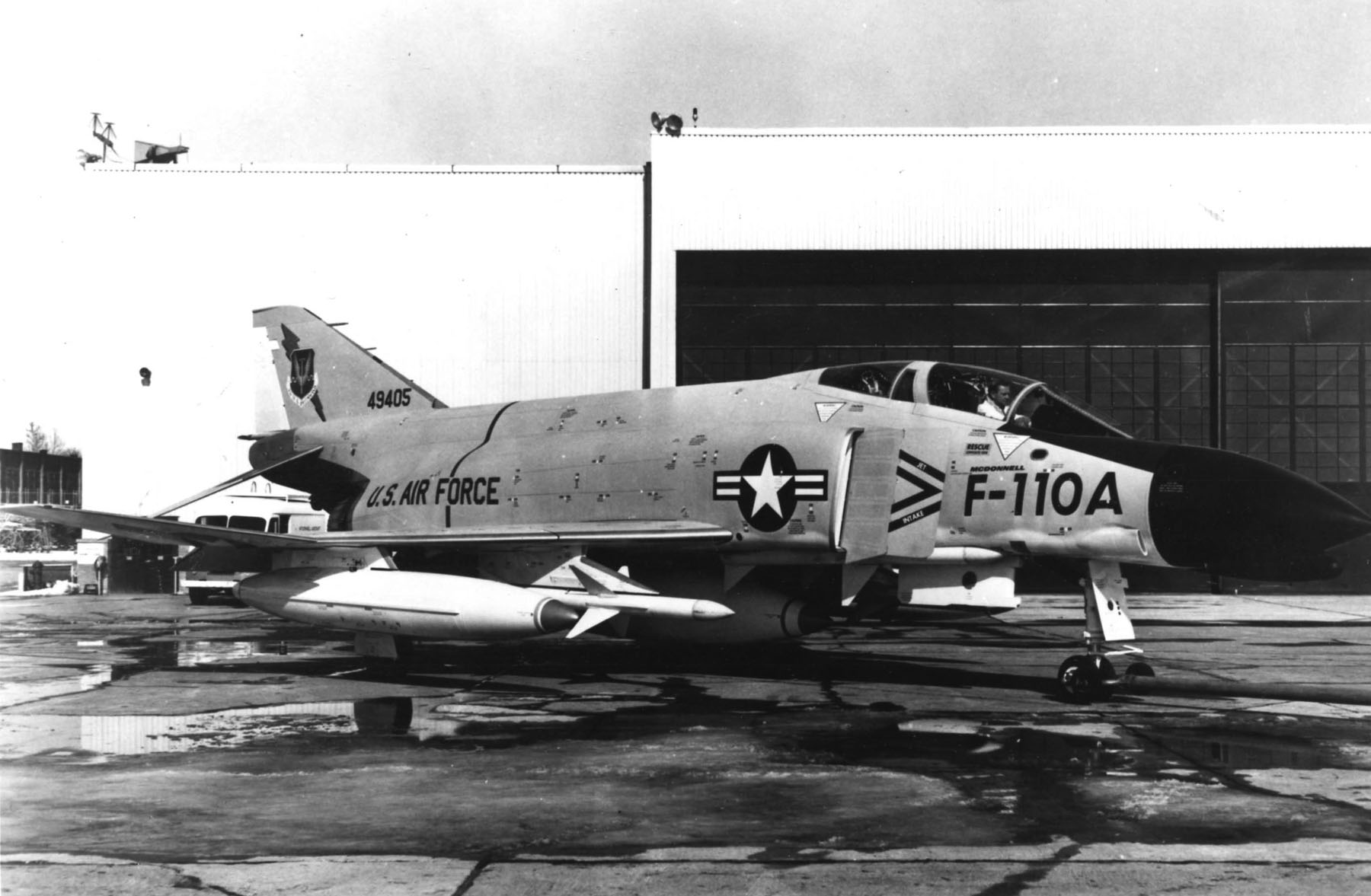
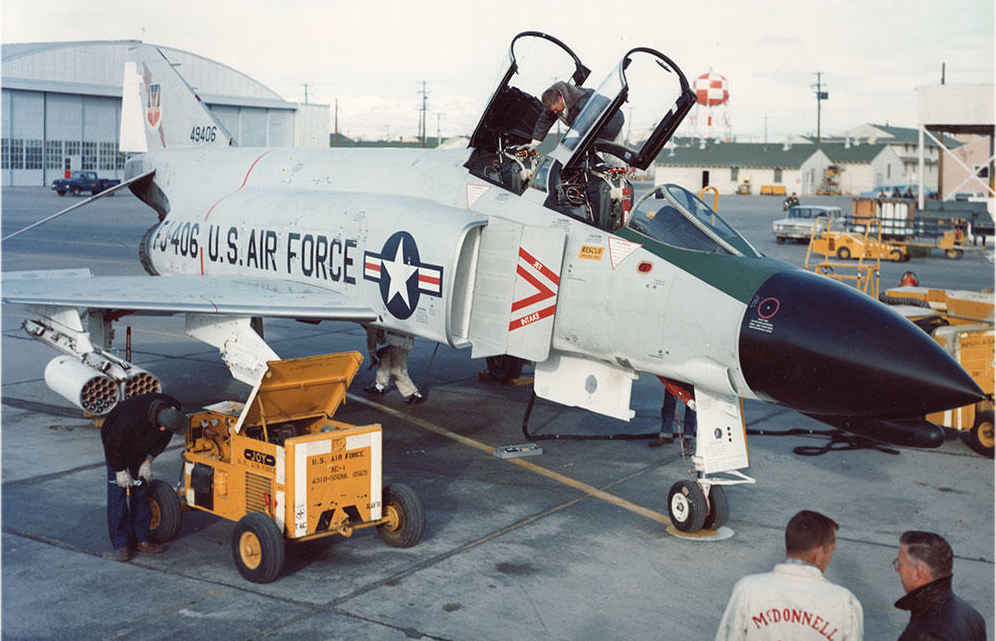
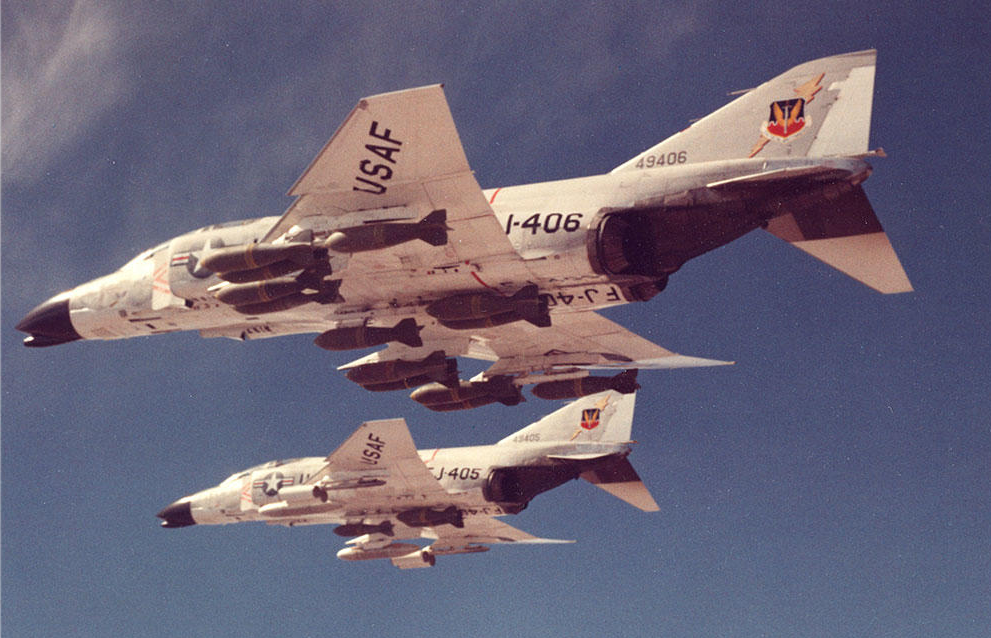
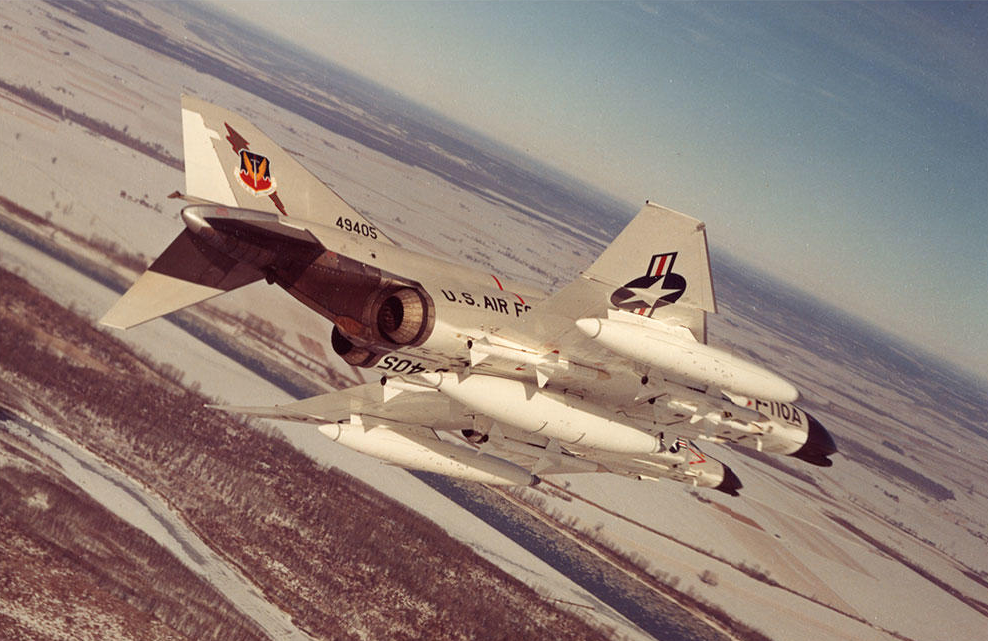
© 2018, Bryan R. Swopes
Someone ay have missed the target on this history. The F-4 Phantom II was an upgrade to the F-3 McDonell Demon aircraft that was flown by the US Navy. It won the Navy competition to replace the F-8 Chance Vought Crusader. The name of the F-4 was Phantom II. The original Phantom was flown by the Navy in the late 40s/early 50s and served in the Korean War. There is a reason all Phantom IIs have a tailhook. The USAF had no reason to change the Navy specifications. The Navy Phantom II designation was the F-4H, but the USAF designation was F-110. All military fighters designations was changed by Congress because the multiple designation confused our illustrious members of Congress who had trouble sorting out and approving aircraft models for the services and directed DoD to come up with a single system for all new aircraft. So the USAF changed the Phantom II designator to F-4.
Thanks, Larry. (Any relation to Lawrence Dale (“Larry”) Bell?) While I think that it is fair to say the the F4H evolved from the F3H Demon, the Phantom II was much more than an “upgrade.” The XF3H-1 Demon lost the Navy’s fly-off competition to the Vought XF8U-1 Crusader. I don’t believe that I have ever heard that the F4H was intended as a replacement for the F8U, which remained in production until late 1964, six years after production of the Phantom II began, and remained in service with the Navy until 1987, a year after the Phantom had been withdrawn from active duty with the U.S. Navy.)
The F4H was larger than the F3H, about 50% heavier, had two turbojet engines instead of one, and was vastly more complex. The F3H was initially a day fighter and ground attack aircraft (designated AH-1) while the F4H was intended as a supersonic fleet defense interceptor. The Demon was dangerously overweight and underpowered. (Many brand-new F3H-1N Demons were barged from the factory to the Navy’s maintenance training center at Memphis, where, never having flown, they were used as maintenance trainers.) While the Demon was armed with World War II technology 20 mm autocannon, the Phantom II was packed with complex, state-of-the-art electronics and radar systems for its guided missile armament. The Phantom II was designed from the start as a completely integrated SYSTEM. The increased complexity required a second crewman, the radar intercept officer, to handle the increased workload.
James S. McDonnell had preferred to name the new interceptor “Mithras,” but the Navy chose Phantom II.
Actually, the Air Force DID change the Navy’s specifications. A major change from the F-4B was the addition of dual flight controls to the aft cockpit of the F-4C. While the Navy used a non-pilot Naval Flight Officer, the Air Force intended to use two rated pilots in their aircraft. There was no need to delete the arresting hook from the F-4C, as the Air Force used arresting cables on runways in case of emergencies, and removing it would shift the center of gravity forward, a difficult problem to resolve. The Navy F-4B used a data-link navigation system, tied to an aircraft carrier’s Combat Information Center, while the Air Force F-4C used an on-board inertial navigation system. The F-4C was also changed to be compatible with the Air Force “flying boom” air refueling system, rather than the Navy’s “probe-and-drogue,” as used on the F-4B. The wings were changed to accept wider wheels and tires, the wing-folding mechanism was disabled, and an anti-skid braking system was added.
The U.S. Air Force ordered an F-110A Spectre, 62-12199, in March 1962, and two YRF-110A Spectre reconnaissance variants (62-12200, 62-12201) in May ’62.
I’m sure that the Congress can be blamed for many things, but I believe that Secretary of Defense Robert S. McNamara (the former president of the Ford Motor Company) gets the blame for the designations changes. On 18 September 1962, the Department of Defense ordered that all military aircraft use standardized designations. Prior to that each service, the Army, USAF, USN, USMC, and USCG, used completely different designators for what were really minor variations of the same aircraft. (For example B-29/P2B-1S Superfortress, C-47/R4D Skytrain, F-86E Sabre/FJ-2 Fury, H-19 Chickasaw/HO4S/HRS, H-34 Choctaw/HSS-1 SeaBat/HUS-1 Seahorse, A3D Skywarrior/B-66 Destroyer, T-33A Shooting Star/TO-2, etc. And even more confusing: the Navy’s F4U-1/F3A-1/FG-1A Corsairs and TBF/TBM Avengers.) So, the Navy’s F4H-1 Phantom II became the F-4B Phantom II, and the Air Force F-110A Spectre became the F-4C. The name Spectre was dropped and Phantom II was applied.
The B-66 was not the same as the A3D. They had similar configurations, but were otherwise very different.
The RF4C aircraft I flew 68-81 wing fold mechanism worked but was seldom used. Only time I had ground crew fold the wings was when I had delivered an aircraft for IRAN at CCK in Taiwan
A whole lot I didn’t know and now I do. Never knew the F4 was born an F110, and didn’t know about the hook either. Good stuff – Thanks Bryan
Thank you, Ed.